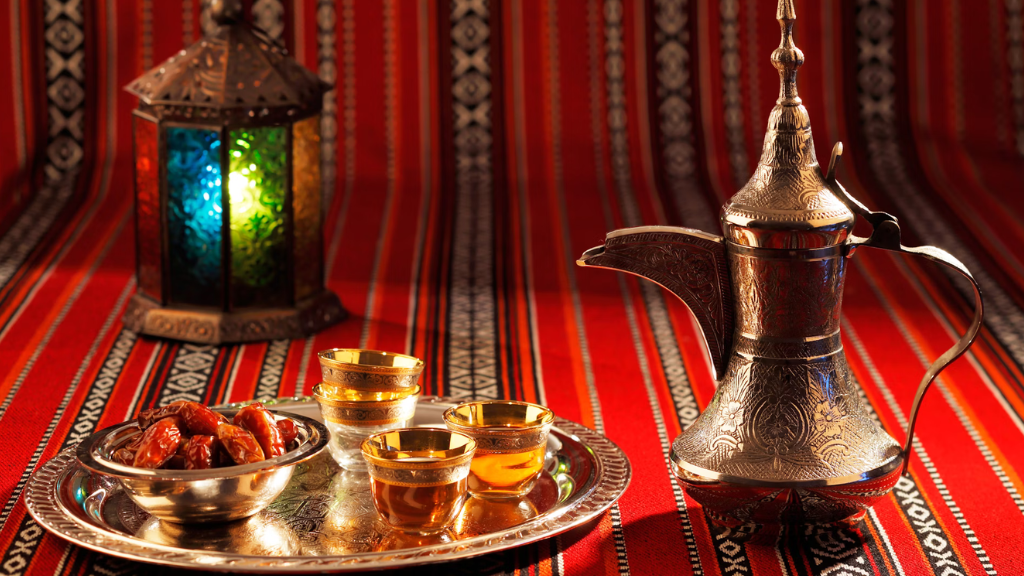When guests check into a hotel that offers a complimentary breakfast buffet, they often expect a lavish spread of food options. The sight of fluffy pancakes, fresh pastries, and an array of hot dishes makes it hard to resist overindulging.
However, ever wondered how hotels can afford to provide such abundant meals for free? The answer lies in the strategic choices made by hotel chefs and managers, particularly when it comes to the first courses of the buffet.
You May Also Like: Taste of Genoa: Discovering the City’s Must-Visit Dining Spots
The Allure of the Buffet
Buffets have long been a popular feature in hotels, not just for their convenience but also for their perceived value. Guests love the idea of “all-you-can-eat,” and hotels benefit from the ability to showcase a wide variety of dishes. However, this seemingly generous offering is meticulously planned to ensure that the hotel can maintain profitability.
Strategic Menu Design
One of the key strategies hotels employ is the careful selection of items for their buffets. The first courses—often the focal point of breakfast or brunch buffets—play a significant role in how the overall buffet is perceived and, crucially, how much it costs the hotel to provide.
1. Cost-Effective Ingredients
Many first courses are designed using ingredients that are relatively inexpensive but still offer a satisfying experience. For example:
- Bread and Pastries: Items like croissants, muffins, and bagels can be made in bulk and have a low cost per serving. They provide volume without straining the budget.
- Fruits and Yogurts: Seasonal fruits and yogurt stations are popular and visually appealing, yet they can be sourced at low costs, especially when purchased in larger quantities.
2. High Margin Dishes
Certain items tend to have higher profit margins. For instance:
- Egg Dishes: Scrambled eggs or frittatas are not only easy to prepare but also inexpensive. Eggs are a staple in many breakfast buffets and can be flavored in countless ways to keep the offering fresh and exciting.
- Pasta and Grains: Dishes like pasta salad or rice dishes can fill guests up without costing much. They are often made in large batches, which further reduces food costs.
Managing Food Waste
Another critical aspect of buffet management is minimizing food waste. Hotels are increasingly aware of the environmental and economic impact of wasted food. By carefully planning portion sizes and using strategies like offering smaller plates, hotels can encourage guests to take what they will eat without overloading their plates.
The Psychology of Buffets
The psychology of buffet dining also plays a role in how hotels profit from their free offerings. When guests perceive value in a buffet, they are more likely to visit. Here’s how this psychological aspect contributes:
1. Visual Appeal
A well-designed buffet layout with eye-catching presentations can entice guests to try multiple dishes. Even if they only sample a little of everything, the perception of abundance can lead to satisfaction, allowing hotels to manage food costs effectively.
2. First Course Focus
When the first courses are hearty and visually appealing, guests are less likely to seek out the more expensive items, such as gourmet entrées or premium meats. The initial offerings fill them up, leading to reduced consumption of higher-cost items.
The Value of Experience
Ultimately, while the food costs are carefully managed, the value of the experience is significant for hotels. Guests enjoy the convenience and variety of buffet dining, and the complimentary nature of the offering adds to the perceived value of their stay. This can lead to positive reviews and repeat visits, which are invaluable for a hotel’s long-term success.
Conclusion
Hotels don’t lose money on free buffets by chance; they have mastered the art of strategic planning and menu design. By focusing on cost-effective ingredients, high-margin dishes, and the psychology of dining, hotels can create a buffet experience that satisfies guests while keeping costs in check. The trick lies in the first courses, which not only entice guests but also play a crucial role in maintaining profitability. So, the next time you indulge in a hotel buffet, take a moment to appreciate the thoughtful planning behind your meal!
4o mini










